The Local Innovation Index (PII) was developed by the Ministry of Science and Technology based on component indicators, through which strengths, weaknesses, and potentials can be clearly seen to help promote socio-economic development.
PII is considered a capacity measurement tool to support and promote local development. In 2023, the index will be developed for the first time by the Ministry of Science and Technology and will announce the rankings of 63 provinces/cities nationwide. VnExpress interviewed Mr. Tran Van Nghia, Deputy Director of the Academy of Science, Technology and Innovation, the unit that developed PII, to clarify the calculation and meaning of this index.
- Can you tell us what the Local Innovation Index is?
- The Provincial Innovation Index (abbreviated as PII in English 'Provincial Innovation Index') is a composite index (Index) of 52 component indicators, built to reflect the actual, overall picture of the current status of the socio -economic development model based on science, technology and innovation of each locality.
The 52 component indicators are divided into 7 pillars, including: 5 input pillars (institutions; human capital and research and development; infrastructure; market development level; business development level) and 2 output pillars (knowledge, innovation and technology products; impact).
PII is built closely following the structure of the Global Innovation Index (GII) published annually by the World Intellectual Property Organization (WIPO) and has been used by the Government in management and operation since 2017. The GII index applies the national innovation system approach, allowing for benchmarking between countries; while the PII index is currently implemented according to the regional innovation system approach, applied to localities in Vietnam.

Research and development spending is an important component of PII. (In the photo, Viettel engineers research the 5G base station radio block.) Photo: Le Mai
- What is the importance and significance of the PII index?
- The necessity and determination to shift to a growth model based on science, technology and innovation have been affirmed in many documents of the Party and the State. However, the different geographical and socio-economic contexts of each locality will have a decisive influence on the choices of specific growth models of that locality. The PII index is designed to collect and provide information with detailed data reflecting the context and main features of the growth model based on innovation that the locality is implementing or actively aiming for. Therefore, PII has special importance and significance for each locality.
Specifically, the PII index set:
+ Reveal strengths, weaknesses, potential factors and necessary conditions to promote socio-economic development based on science, technology and innovation of each locality;
+ Provide scientific and practical basis for the development and effective implementation of policies to promote and create a favorable environment for science, technology and innovation activities in the locality;
+ Promote the implementation of local socio-economic development initiatives based on science, technology and innovation, taking advantage of strengths and overcoming challenges.
+ Provide tools and techniques to evaluate and compare potential and performance between localities as well as state management and administration of science, technology and innovation.
+ Contribute to improving the capacity and results of national science, technology and innovation activities; especially contributing to implementing, monitoring and evaluating the implementation of the Science, Technology and Innovation Strategy to 2030, the Socio-Economic Development Strategy to 2030, the Intellectual Property Strategy to 2030 and the Sustainable Development Goals.
In addition, the PII index is also meaningful to investors and businesses. The results of the local PII assessment will be useful reference information about the investment environment and resource conditions for local production and business activities.
For researchers, over time, the PII index provides a comprehensive, complete, reliable, and comparable database, creating the premise for conducting quality empirical research.
The PII index is also meaningful for the international community of organizations and donors to review and consider relevant funding and activities in localities in Vietnam.

Mr. Tran Van Nghia. Photo: Phong Lam
- How will this PII index help local management agencies?
- Policy makers and local leaders can use the index to select appropriate orientations and solutions for each province and city. Specifically, based on the pillars and component indexes, there will be a scientific and practical basis to build and effectively implement policies to promote and create a favorable environment for innovation activities, promote initiatives, take advantage of strengths and overcome challenges.
Based on the PII index to evaluate and compare the potential between localities to have management solutions, at the same time contributing to improving the competitiveness and innovation capacity of localities and the country.
- So how should localities use this index toolkit?
- When there is a set of comprehensive indexes announced with the rankings, localities will normally be interested in the position in the rankings in relation to other localities. From there, they can set goals for their locality's ranking in the following years or tasks, solutions, and assign monitoring and implementation. However, due to the different contexts and current status of socio-economic development models based on science, technology and innovation in each locality, the rankings are only relative and are not the main purpose of the PII index set.
Instead of just focusing on rankings, localities should delve into the details of the data provided by PII, reflect on their localities, and use PII data as a basis (along with other data) to organize forums with the participation of diverse stakeholders to correctly identify strengths and weaknesses, potential factors and necessary conditions. From there, propose policies on growth models, specific tasks and solutions for implementation.
In the PII 2023 report, each locality has a summary information table detailing the assessment results, scores and rankings by each indicator (52 indicators), indicator groups (16 groups) and pillars (7 pillars), along with 5 strengths and 5 weaknesses. On this basis, leaders at all levels have a scientific and practical basis to identify and select orientations and solutions for socio-economic development based on science, technology and innovation of their locality.
>>>PII ranking information of localities will be announced here
Nhu Quynh
Source link




![[Photo] Prime Minister Pham Minh Chinh chairs a meeting on the implementation of the Lao Cai-Hanoi-Hai Phong railway project.](https://vphoto.vietnam.vn/thumb/1200x675/vietnam/resource/IMAGE/2025/5/20/0fa4c9864f63456ebc0eb504c09c7e26)



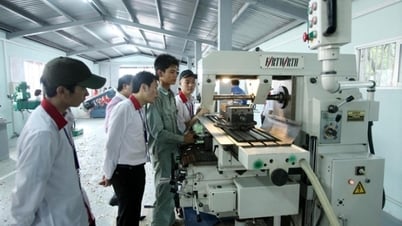







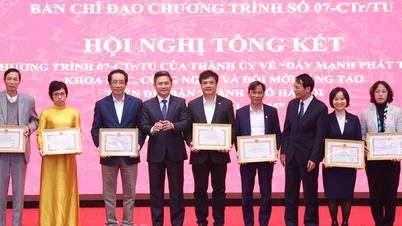











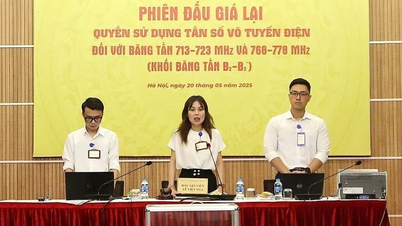






























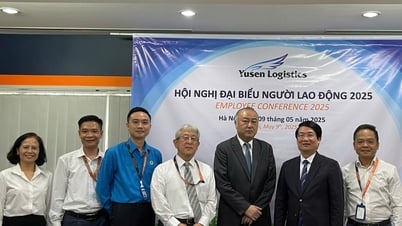


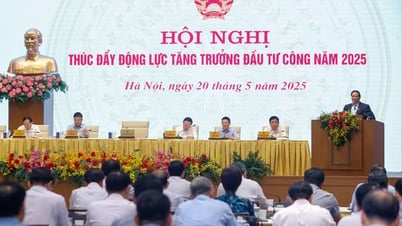














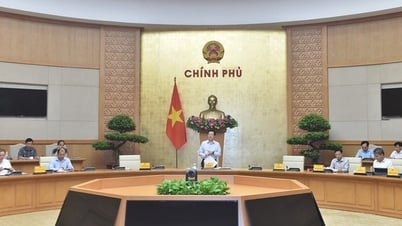



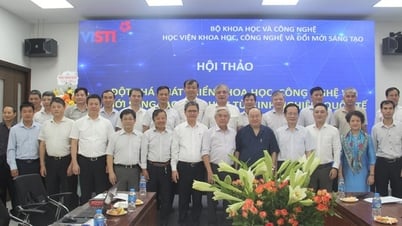
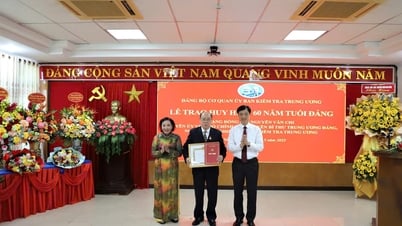
























Comment (0)